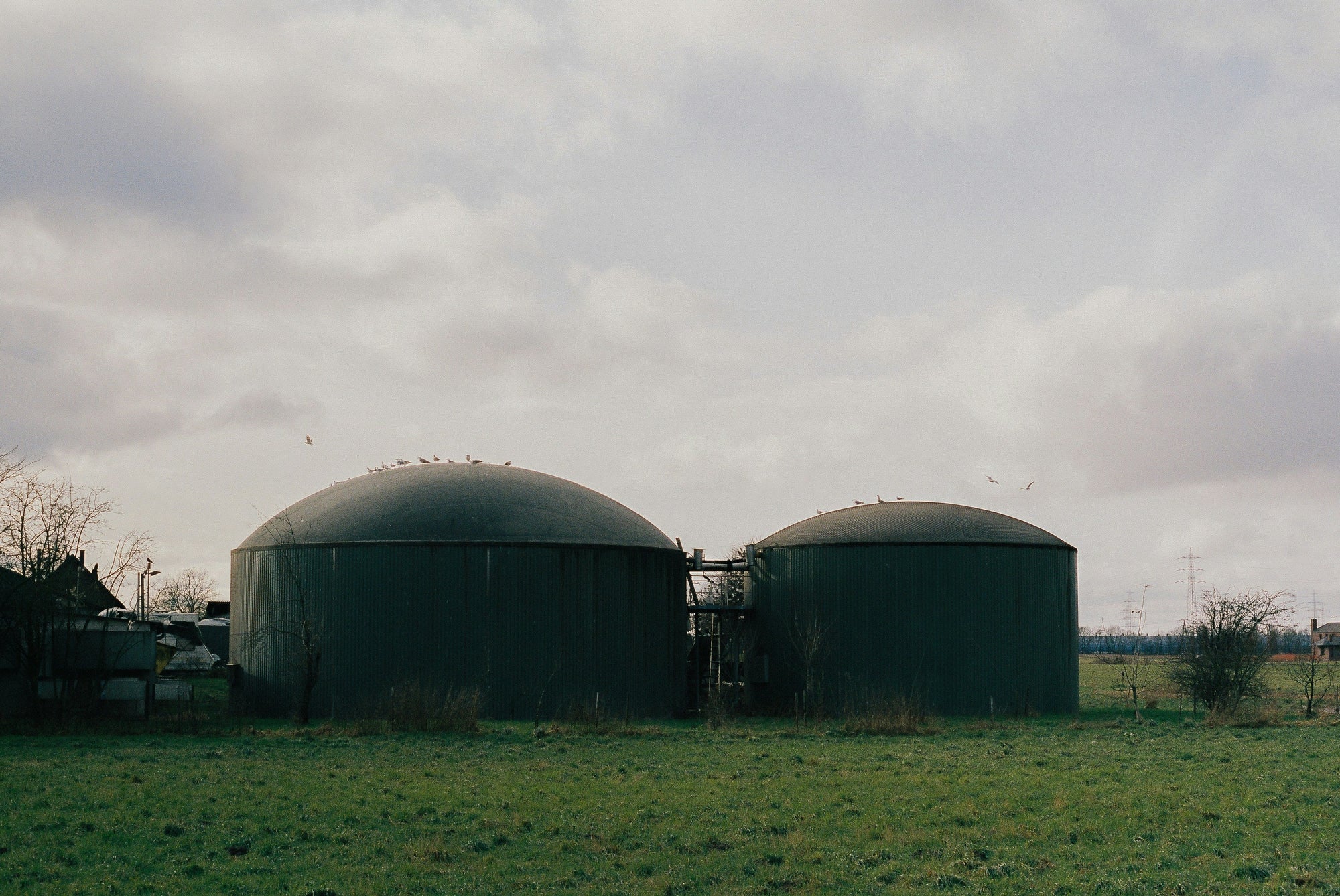

Is Your Rainwater Safe to Drink? What’s Lurking in Your Tank (and How to Fix It)
For many New Zealanders, collecting rainwater feels like the most natural, eco-friendly choice. But the truth is — what we can’t see in our tanks could be affecting our health more than we realize.
Gutters, roofs, and tanks collect more than just water. They’re also collecting bird droppings, possum waste, insects, decaying leaves, roof chemicals, and bacteria — and those make their way into our drinking water.
☀️ Summer’s Coming... So Are Bacteria
As temperatures rise, so does the bacterial load in your tank. If you’ve ever arrived at your holiday bach only to get sick a few days in, your water may be the culprit — especially for kids, who are more vulnerable to waterborne pathogens.
A Massey University study of 560 rural homes found that:
-
Over 50% of rainwater samples exceeded NZ’s acceptable standards
-
40% showed heavy fecal contamination
-
Common microbes included E. coli, salmonella, giardia, cryptosporidium, and legionella
Symptoms of infection can range from headaches and fatigue to mood swings, digestive upset, and in severe cases — illness that disrupts your whole break.
🧼 Step 1: Clean the Source
If you're using rainwater, the first step is prevention. Consider:
-
Cleaning gutters regularly (especially if you have nearby trees)
-
Installing first-flush diverters (diverts the first dirty 200L of rainfall)
-
Using floating draw-off pipes to access cleaner water from the top
-
Adding a calmed inlet to reduce sediment disturbance
These steps all help — but they're not enough on their own to make rainwater safe for drinking.
💧 Step 2: Purify + Re-mineralize Your Water
Rainwater is not just microbiologically unsafe — it’s also naturally acidic and mineral-deficient. Over time, drinking unmineralized water can contribute to:
-
Chronic dehydration
-
Inflammation
-
Loss of bone density (osteoporosis)
That’s why Ionza offers a range of combined filtration and remineralization systems, designed specifically for rural homes and rainwater tanks.
✅ Ionza’s Solutions for Safe, Nourishing Rainwater
Here are four trusted systems we recommend for different situations:
1. Alka Flow – Benchtop Ultra Filter + Mineralizer
-
Simple, plug-in benchtop system
-
Removes bacteria, cysts, E. coli with 0.01 micron ULTRA filter
-
Alkalizes and remineralizes acidic rainwater
-
Perfect for rentals, baches, or smaller households
➡ Explore ALKA FLOW →
2. Ultra Microbial Filtration (No Minerals)
-
Under bench system for comprehensive rural protection
-
Filters out bacteria, parasites, and sediment
-
Does not add minerals or correct pH (see option 3 if needed)
➡ Explore ULTRA Microbial →
3. Alka Ultra X – Rural Filter + Mineral Ionizer
-
Includes 0.01 micron ULTRA filter
-
Adds alkalizing minerals to balance acidic water
-
Ideal for rainwater stored in plastic tanks
-
Enhances taste, safety, and hydration
➡ View ALKA ULTRA X →
4. Alka UV System – Filtration with Ultraviolet Disinfection
-
UV light kills bacteria and viruses
-
Includes alkalizing mineral cartridge
-
Great for homes wanting non-electric or UV-based disinfection
➡ Learn More →
🧬 Do Minerals Exist in Your Tank Water?
Rainwater is pure but empty — it lacks the minerals your body needs to thrive.
-
It starts out acidic (pH ~5.9)
-
Concrete tanks can naturally buffer acidity over time
-
But plastic tanks do not, leaving your water acidic and mineral-poor
Over time, drinking acidic, demineralized water can lead to low-level inflammation, fatigue, and even bone demineralization.
Our bio-mineral cartridges help restore what nature intended — gently alkalizing your water with calcium, magnesium, and trace elements.
➡ Add a Bio Mineral Dispenser or Alka Spring Fountain to your existing setup.
➡ View all options: www.ionza.co.nz
🤝 Let Us Help You Choose the Right System
Every tank, roof, and family is different. If you’re unsure what you need, we’d love to help.
Reach out to us at info@ionza.co.nz or browse our full range at www.ionza.co.nz
Clean, nourishing rainwater is possible — and we’re here to make it easy.
With warm regards,
The Ionza Team








